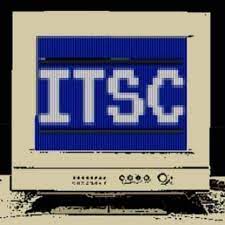It's not unusual to store format templates in your application configuration files. I'd argue it's probably a good and wise thing to do. But Phillip inherited a C# application from a developer woh "abandoned" it, and there were some choices in there.
<appSettings>
<add key="xxxurl" value="[http://{1}:7777/pls/xxx/p_pristjek?i_type=MK3000{0}i_ean={3}{0}i_style=http://{2}/Content/{0}i_red=http://{2}/start.aspx/]http://{1}:7777/pls/xxx/p_pristjek?i_type=MK3000{0}i_ean={3}{0}i_style=http://{2}/Content/{0}i_red=http://{2}/start.aspx"/>
</appSettings>
Okay, I understand that this field contains URLs, but I don't understand much else about what's going on here. It's unreadable, but also, it has some URLs grouped inside of a [] pair, but others which aren't, and why oh why does the {0} sigil keep showing up so much?
Maybe it'll make more sense after we fill in the template?
var url = string.Format(xxxUrl, "&", xxxIp, srvUrl, productCode);
Oh. It's an "&". Because we're constructing a URL query string, which also seems to contain URLs, which I suspect is going to have some escaping issues, but it's for a query string.
At first, I was wondering why they did this, but then I realized: they were avoiding escape characters. By making the ampersand a formatting parameter, they could avoid the need to write & everywhere. Which… I guess this is a solution?
Not a good solution, but… a solution.
I still don't know why the same URL is stored twice in the string, once surrounded by square brackets and once not, and I don't think I want to know. Only bad things can result from knowing that.
Your journey to .NET 9 is more than just one decision.Avoid migration migraines with the advice in this free guide. Download Free Guide Now!
This post originally appeared on The Daily WTF.
